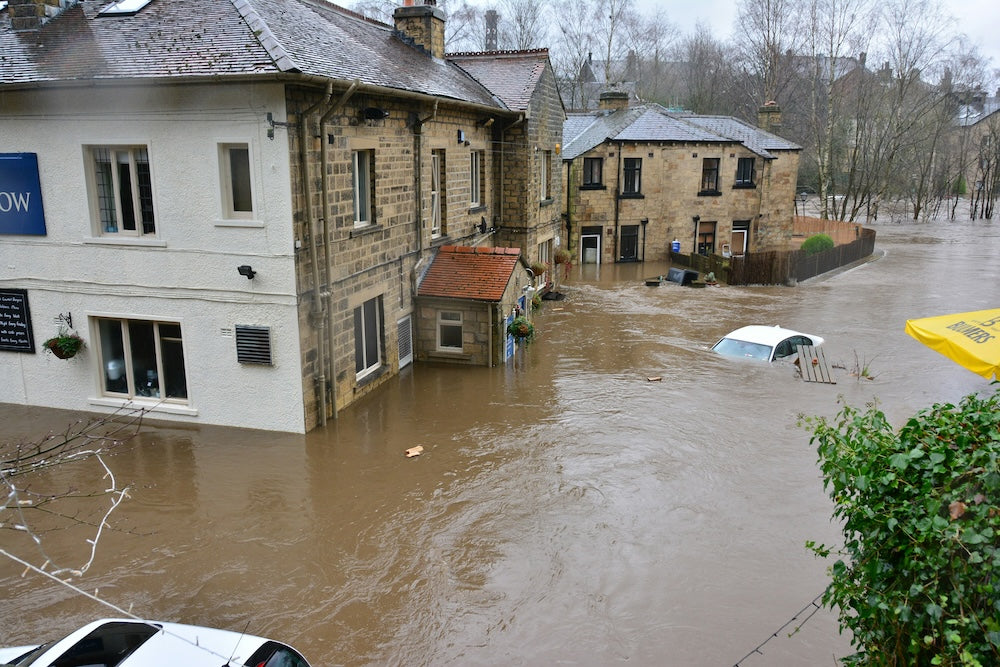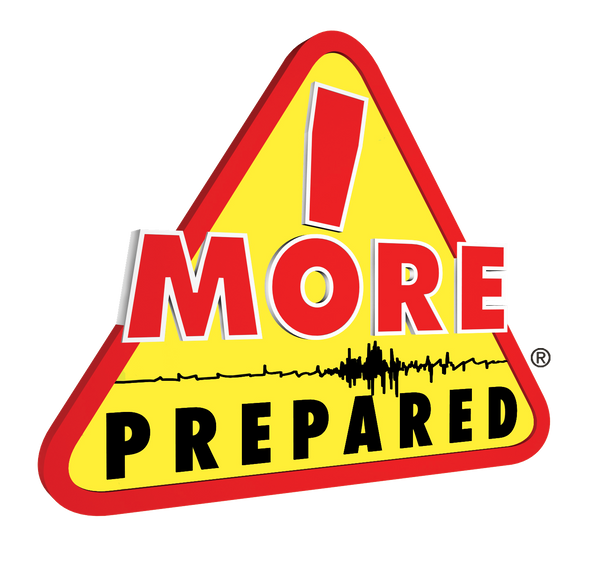
Preparing for Floods
Flooding is the most common and often the most destructive type of natural disaster. Although floods are often associated with overflowing rivers and sea swells accompanying tropical storms, they can happen in areas far from a body of water. Cities can become flooded during periods of heavy rain. If you live in an area that is prone to flooding, preparing for a flood should be part of your preparedness plan. Read our suggestions on how to prepare for a flood below for flood supplies and safety tips.
Before a Flood
Know your flood risk and make a flood emergency plan.
Build or restock your emergency preparedness kit in case of a flood, including a first aid supplies, flashlight, batteries, and cash.
Consider buying flood insurance. Review property insurance policies as many do not include coverage for floods.
Familiarize yourself with local emergency plans. Know where to go and how to get there if you need to get to higher ground, the highest level of a building, or to evacuate.
Raise furnaces, water heaters and electrical components above the base flood elevation level. Install a sump pump system to drain water away from your home.
Seal basement walls to prevent water seepage.
Install back-flow valves or standpipes on sewer lines to prevent water from backing up into the home.
During a Flood
Stay tuned to radio, TV or the internet for weather updates, emergency instructions, or evacuation orders.
If time permits, move furniture and other items to upper floors.
Be prepared to turn off utilities if instructed to do so. Be prepared to evacuate if instructed to do so.
In the case of flash flooding, do not wait for instructions. Move immediately to higher ground.
Do not move through moving water if at all possible. Use a stick to ensure the ground is firm.
Do not drive in flooded areas. Vehicles can quickly be swept away. Avoid downed power lines.
After a Flood
Return home only when authorities say it is safe.
Clean and disinfect anything that has come in contact with flood water.
Be aware of areas where floodwaters have receded and watch out for debris. Floodwaters often erode roads and walkways.
Do not attempt to drive through areas that are still flooded.
Avoid standing water as it may be electrically charged from underground or downed power lines.
Photograph damage to your property for insurance purposes.
How to Be More Prepared
For further flood preparedness, keep well-stocked emergency survival kits in the home, at work, and in your cars so you have the flood safety supplies you need.
